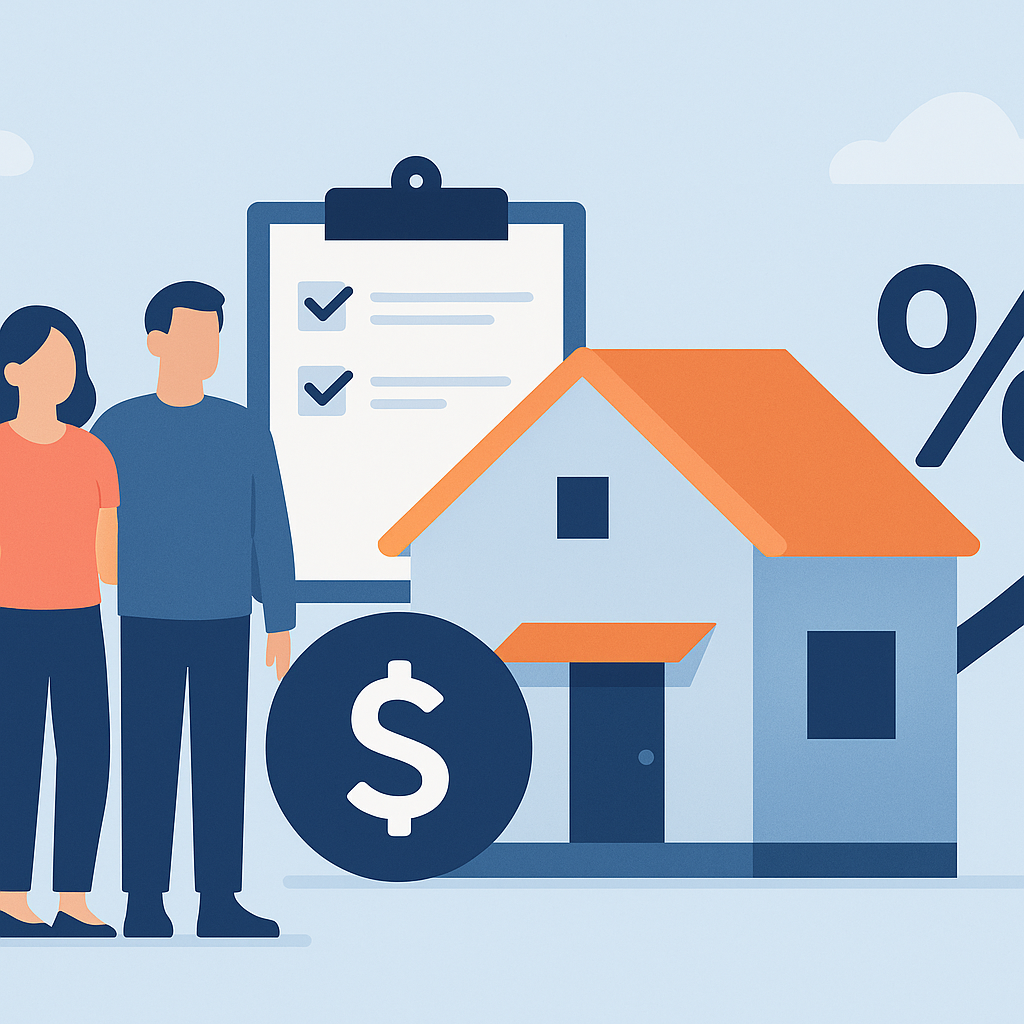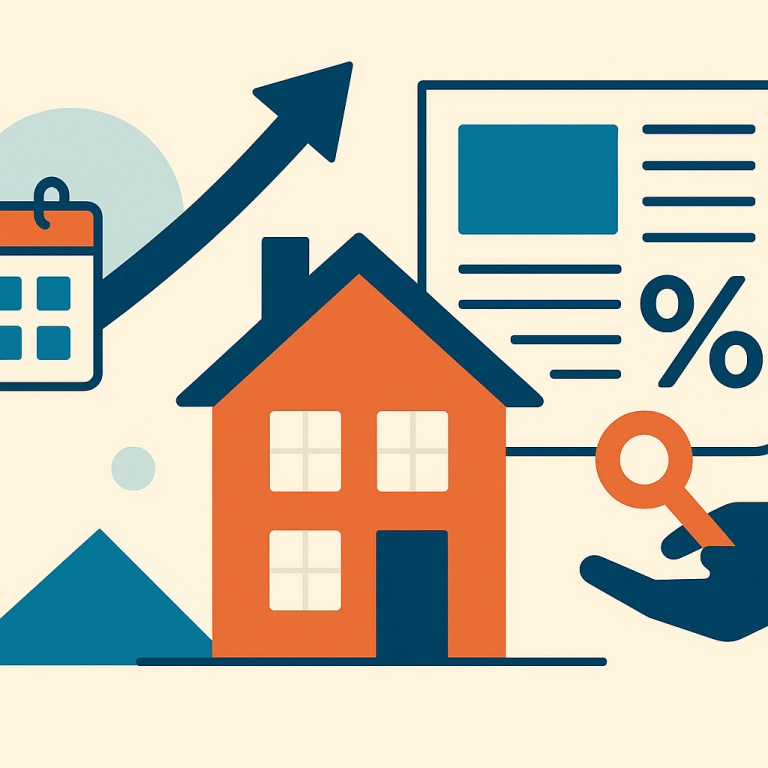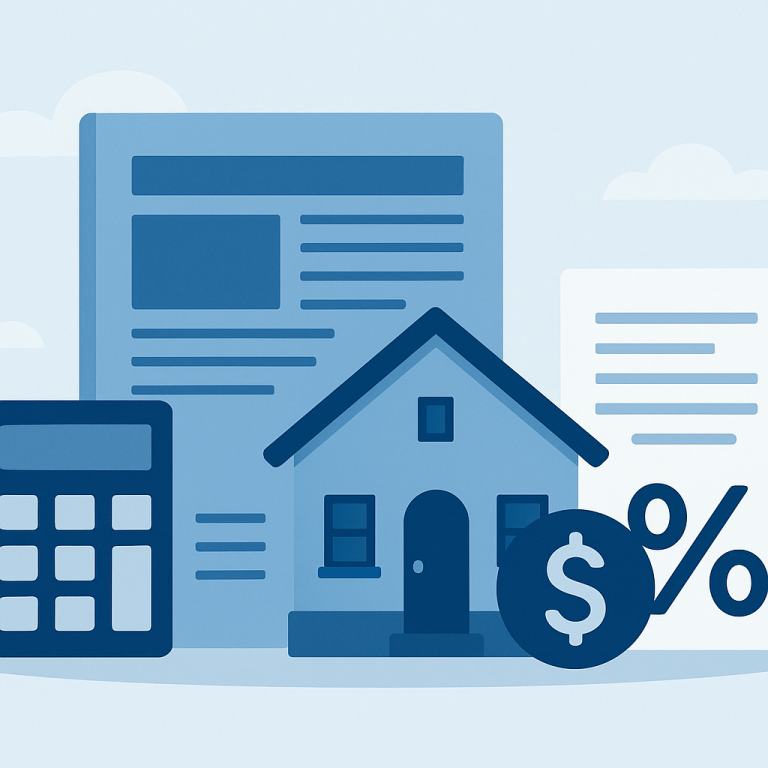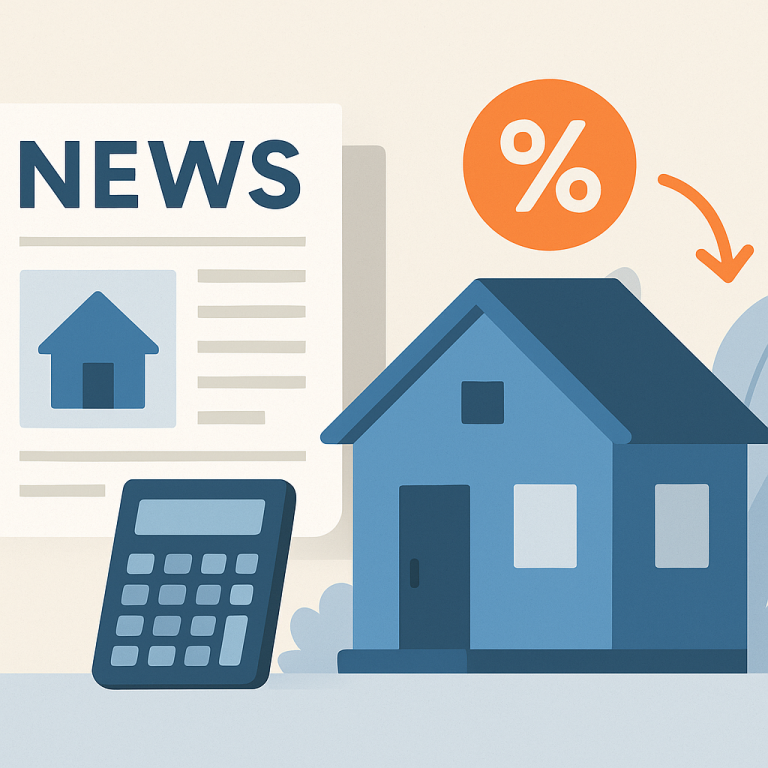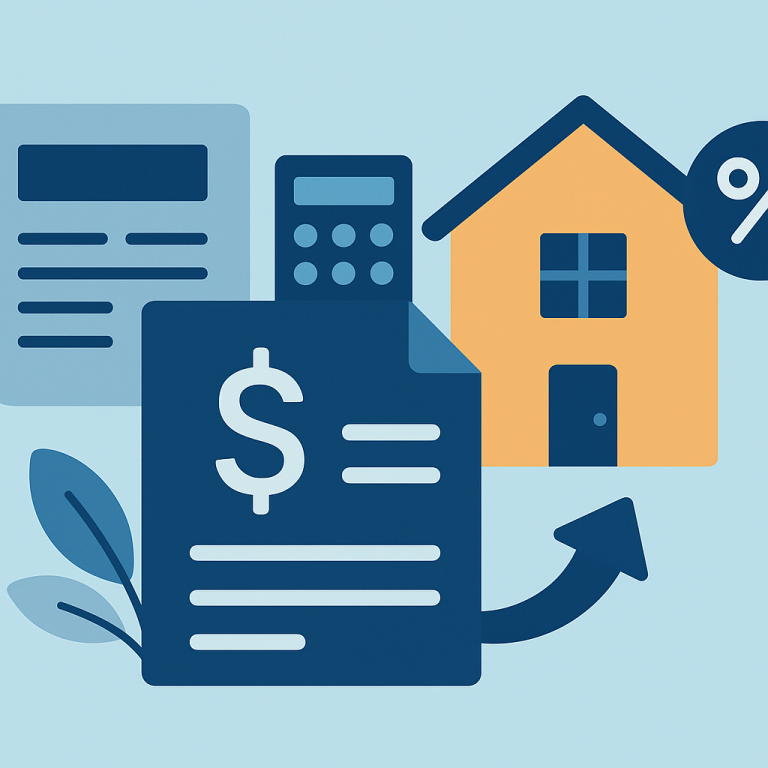Refinance guide refinance for retirees using pension or Social Security income
Refinancing for Retirees Using Pension or Social Security Income
Many retirees consider refinancing their mortgage to lower monthly payments, shorten the term, or tap home equity. Lenders commonly accept stable retirement income—such as Social Security benefits and pension payments—when qualifying borrowers for a refinance. This guide explains what that looks like, when it makes sense, the costs involved, the step-by-step process, common pitfalls, and answers to frequently asked questions.
What it Is and When It Makes Sense
Refinancing replaces your existing mortgage with a new loan under different terms. For retirees, qualifying for a refinance often depends on non-employment income streams like Social Security and pensions rather than wages. Using these fixed income sources to qualify makes sense when one or more of the following apply:
- You can lower your interest rate or replace an adjustable-rate mortgage (ARM) with a fixed-rate loan to reduce risk.
- You need to reduce monthly payments to better match retirement cash flow.
- You want to shorten the loan term to pay off the home sooner and reduce total interest.
- You plan a cash-out refinance to consolidate higher-interest debt or fund necessary expenses, and you have adequate remaining equity.
- You cannot qualify for a traditional refinance based on employment income but have reliable retirement income documentation.
Benefits and Drawbacks
Benefits
- Lower monthly payments if you secure a lower interest rate or extend the term.
- Predictability by moving from an ARM to a fixed-rate mortgage.
- Ability to access home equity via a cash-out refinance for medical expenses, home improvements, or debt consolidation.
- Possibility to remove private mortgage insurance (PMI) if equity has increased enough.
Drawbacks
- Closing costs and fees can offset short-term savings.
- Extending the loan term can increase total interest paid over the life of the loan.
- Cash-out reduces equity and may increase monthly payments and financial risk.
- Some lenders are more conservative with fixed-income borrowers, which may limit options or require higher rates.
Costs and Fees
Refinancing costs typically mirror those for an original mortgage. Expect to budget 2%–6% of the loan amount in closing costs, including:
- Origination fee or lender fee
- Appraisal fee
- Credit report and underwriting fees
- Title search, title insurance, and escrow/closing fees
- Recording fees and taxes
- Prepayment penalties (if your current loan has one)
- Mortgage insurance (if applicable for high-LTV loans)
Some lenders offer “no-closing-cost” refinances that roll fees into the loan or increase the interest rate. Carefully compare the long-term cost of those options to paying fees upfront.
Step-by-Step Process
- Check your credit and mortgage details: Know your current interest rate, remaining balance, and any prepayment penalties. Pull your credit report and score to gauge available rates.
- Gather documentation of retirement income: Common documents include Social Security award letters or SSA-1099 forms, pension benefit statements, 1099-Rs for annuities, and recent bank statements showing direct deposits.
- Estimate affordability: Use a mortgage calculator to see how a new rate/term affects monthly payments and the overall interest paid.
- Shop lenders and loan products: Compare offers from multiple lenders, including banks, credit unions, and mortgage brokers. Ask about programs that work well for retirees and whether they accept Social Security and pension income as qualifying income.
- Get prequalified or preapproved: A preapproval provides a clearer picture of what you can borrow because the lender has reviewed your finances.
- Apply and submit documentation: Complete the loan application and provide requested documents (income verification, asset statements, ID, current mortgage documents).
- Underwriting and appraisal: The lender underwrites the file and orders an appraisal to confirm property value.
- Closing: Review closing disclosure, sign final documents, and pay any closing costs. The new loan pays off the old mortgage.
Common Pitfalls to Avoid
- Assuming all lenders treat retirement income the same—guidelines vary. Ask each lender how they calculate Social Security and pension income.
- Counting one-time lump-sum distributions or irregular income as qualifying income—lenders generally require stable, ongoing income.
- Not factoring in Medicare premiums or other automatic deductions that reduce take-home pension or Social Security deposits.
- Being lured by “no-closing-cost” options without calculating the long-term cost of a higher rate or rolled-in fees.
- Using cash-out refinancing to cover ongoing expenses without a long-term plan—this can deplete equity and raise future monthly payments.
- Failing to compare offers—small rate differences can mean significant savings or costs over time.
Short FAQ
Can I qualify for a refinance using Social Security income alone?
Often yes. Lenders accept Social Security as qualifying income if you can document it (SSA-1099 or benefit verification letter) and it is likely to continue. The amount used for qualifying may be the gross benefit or the net after certain deductions—ask your lender for specifics.
Can I combine pension and Social Security to qualify?
Yes. Lenders commonly add multiple stable income sources together when calculating your ability to repay. Provide official benefit statements or 1099-Rs for pensions and proof of Social Security deposits.
Should I consider a reverse mortgage instead?
A Home Equity Conversion Mortgage (HECM) is an option for homeowners 62 and older who want to access equity without monthly payments. It’s different from a refinance and has unique costs and eligibility rules. Consider it only after comparing long-term implications with a traditional refinance.
Will refinancing affect my Social Security benefits or pension?
No. Refinancing your mortgage does not change the benefits you receive from Social Security or a pension. It affects your mortgage terms and monthly cash flow only.
Refinancing can be a powerful tool for retirees when done with careful planning. Document your retirement income accurately, compare multiple lenders, and run the numbers to ensure the new loan supports your financial goals without exposing you to unnecessary risk.
META: refinance retirees pension Social Security eligibility costs FAQs

